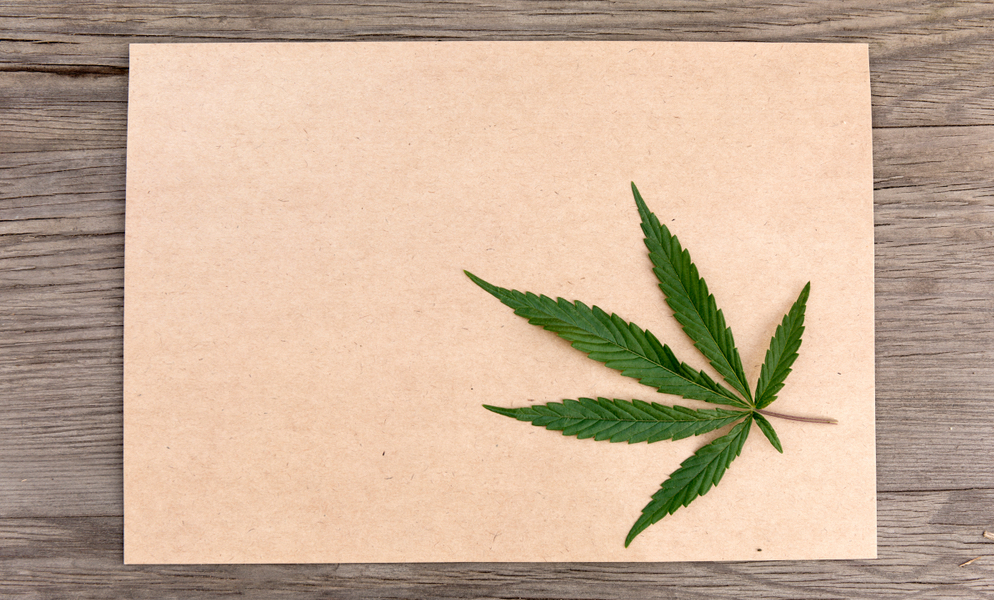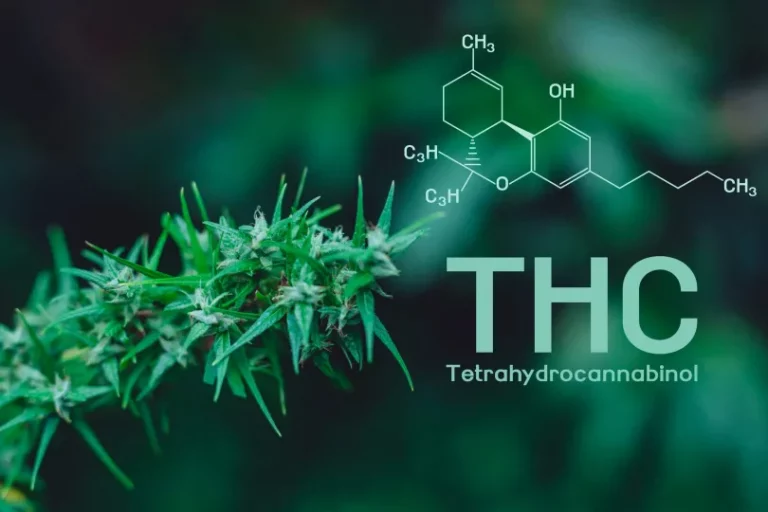Exploring Hemp Paper
Paper is a commodity we all use, no matter our age or what we do in our lives. It helps us remember the items we need to grab from the grocery store and is the canvas for some of the greatest works of art known to mankind. But as sustainability becomes a focal point in today’s conversations, finding alternatives to wood-derived paper has become a niche point of focus.
Hemp fiber has been an alternative pathway explored by thousands of individuals for different needs. Housing and clothing made from hemp have gained popularity in recent years, especially since materials have suffered supply chain issues and shortages in recent years. The same thought process has led many to explore options including paper made from hemp fiber.
However, this is not a new revelation. In ancient China, paper was manufactured using hemp fibers to create the predecessor of the paper we know and use today. According to China Culture, “the paper was generally very thick, coarse and uneven in their texture, made from pounded and disintegrated hemp fibers. The paper unearthed in a Han tomb in Gansu Province is by far the earliest existing ancient paper, tracing back to the early Western Han Dynasty.”

Time has helped define and more finely tune hemp paper into what we know today. Made from hemp fiber processed into a fine pulp, this alternative to paper made from wood pulp is gaining popularity. Various points have been made as to why it could be a more sustainable alternative.
Trvst, whose goal “is to create a world where shared passion for a better future connects people and enables positive collective change”, states that hemp paper is made using fewer chemicals during production than wood pulp paper. Both materials contain lignin, an organic polymer found in many plants that makes them rigid and give them a wood-like texture.
According to Trvst’s site, “Removing lignin to create white paper requires using hazardous chemicals during manufacture. On the other hand, manufacturers can whiten paper from hemp fibers with hydrogen peroxide, which is far less harmful.”
The hemp used for paper production can also be grown at a more rapid rate than trees. On average, it can take a tree anywhere from 80 to 100 years to reach full maturity. On the other hand, hemp can be grown from seedling to harvest in 120 – 180 days. By that math, for every tree that takes 80 years to mature, roughly 243 hemp plants can be grown back to back.
Numbers don’t lie, so why did we go turn away from hemp as a paper source? There are many theories as to why this is. One of the most popular theories includes greedy wood industry tycoons not wanting the competition. However, the real reason is more than likely due to the Marijuana Tax Act of 1937.
According to US Customs and Border Protection, “As the political climate changed, Federal Bureau of Narcotics Commissioner Harry Anslinger became a powerful anti-marijuana voice. His campaign against Cannabis led to the passage of the Marihuana Tax Act of 1937, under which the importation, cultivation, possession, and/or distribution of marijuana were regulated.”
During this time period, there was no legal distinction between hemp and its more THC potent cousin. This caused hemp to be subjected to the same laws and eventually become banned. But we all know how that prohibition ended and hemp’s story isn’t done yet.
Hemp has historically been used to produce paper for centuries. First dating back to ancient China, this versatile plant has been used by numerous civilizations. And while it had a brief period of banishment, it is now being turned to once again. By replicating and revitalizing ancient techniques, we are creating a sustainable alternative to traditional paper. While we are currently taking small steps, they are important ones that are driving us into the future.





